It’s 3 years this September since I first arrived in Australia and ever since then I’ve been trying to tick all the crazy animals they have here off my bucket list.
There’s something about all the different sort of wildlife Down Under, the uniqueness, the strangeness, that makes me want to see all those weird and wonderful critters.
However, there’s one animal that’s strongly evaded me.
Ok, there’s more than one – I haven’t seen a cassowary or a shark or a quoll – but I also haven’t been trying to spot one of these either. In fact, I’m quite happy NOT to encounter any of these vicious and dangerous species!
One creature that I did want to see badly however, one that I actually put quite a bit of time into trying to spot, was a strange animal I had heard lived largely underwater, laid leathery eggs, had a rubbery snout, swam like a fish with webbed feet, yet also breathed oxygen, was covered in fur and was classified as a mammal.
Yep, you guessed, the animal I was desperately trying to spot was the duckbill platypus!
Related Posts
- Top 10 Free Things to Do in Mackay, Auatralia
- Why Cape Hillsborough Needs to Be on Your Australia Bucket List
- 10 Best Things to do in Cooktown, Australia On a Budget
This page contains affiliate links meaning Big World Small Pockets may receive a small commission on any purchases at no extra cost to you.
3 years in Australia it’s taken me to finally cross this little critter off my bucket list.
And the irony?
When I did get to the spot where I eventually saw one it only took me about 30 seconds to see him/her!
So if you don’t want to waste 3 years in Australia like me, trying to spot the weird and wonderful animal that is the duckbill platypus, then follow my complete guide on how to see one in the wild and you’ll be shouting “platy, platy, I seen a platy” in no time too!
1st Step: Quickly Fly to Australia!
Ok, an obvious one, but sadly you’re never going to get to see a platypus in the wild unless you travel Down Under.
That’s because these crazy critters are endemic to the great land of Australia and can only be found here in their natural surroundings.
Evolved through the process of natural selection precisely because of Australia’s isolation, Platypus are part of a group of mammals known as monotremes, which are essentially mammals that lay eggs. The only other monotreme is the echidna, another indigenous Australian species (told you they got all the weird ones!)
This means you’ll have to come to Australia if you want to spot a platypus in the wild.
TIP: If you’re looking to get to Australia for your platypus fix quickly, easily and cheaply, click here to check out flights deals with Expedia!
2nd Step: Hop Skip it to Eastern Australia
If you’re flying into Australia to spot your platypus, then I strongly suggest you book a flight that arrives into one of the country’s eastern airports such as Sydney, Brisbane, Melbourne or Hobart.
This is because platypus are native to Eastern Australia and only found in the states of Queensland, New South Wales, Victoria and Tasmania.
Apparently Queensland’s platypus are the smallest weighing only 1kg, whereas Tasmania’s are the big boys, muscling in at a heavy 3kg!
NEWSFLASH: Platypus are small and hard to spot! You need to keep your eyes peeled!
3rd Step: Scoot up to Queensland
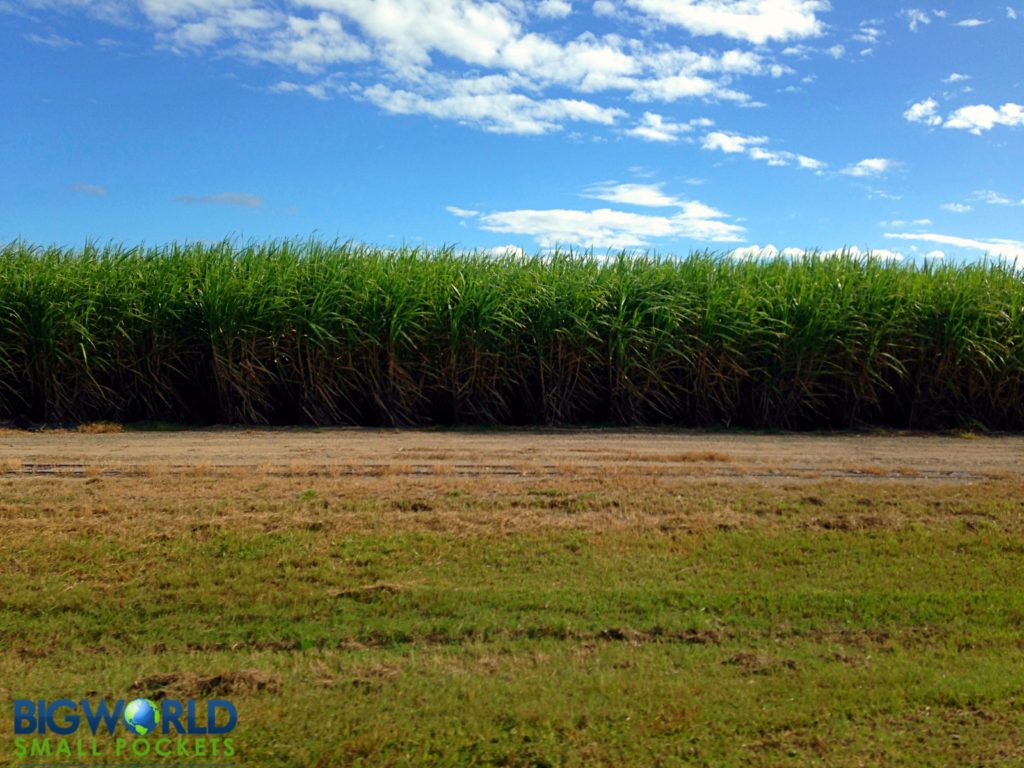
They might be the smallest, but the Queensland platypus are not the hardest to spot … if you know the best places to go that is …
4th Step: Race to Eungella National Park
And that place is Eungella National Park!
Trust me, this is the best platypus spotting place in the whole country and if you don’t want to waste 3 years trying to see one of these furry fish, then this is the place to go.
I’ve tried spotting them in Maleny, in Carnarvon Gorge and in Girraween National Park – all Queensland destinations, but to no avail. When I got to Eungella National Park however, I literally saw a platypus in 30 seconds.
CUE: Massive Excitement! But more about this later …
To get to Eungella National Park, you’ll have to hire a car. A 2wd vehicle will do you fine, so check out Hertz Australia who have some super deals running.
The closest point of reasonable civilisation to Eungella National Park is the Queensland city of Mackay, which is about 75km away.
You can either fly to Mackay from numerous domestic airports or you can drive there. Situated on the coast, the main Bruce Highway goes straight past Mackay making it an easy destination to find and get to!
From Mackay, you then need to head inland along the Mackay–Eungella Road through miles of sugar cane fields and the Pioneer Valley towards the towns of Marian, Mirani and Finch Hatton.
Once you reach Finch Hatton, you need to continue west up to the township of Eungella itself, which is situated up in the Clarke Range.
BEWARE: The road up the Clarke Range to Eungella township is one of the steepest and windiest in Australia I’ve ever driven, so take things slow, especially if you’re towing a trailer or your campervan is less dreamy than you’d hoped!
5th Step: Keep Going to Broken River … Almost there!
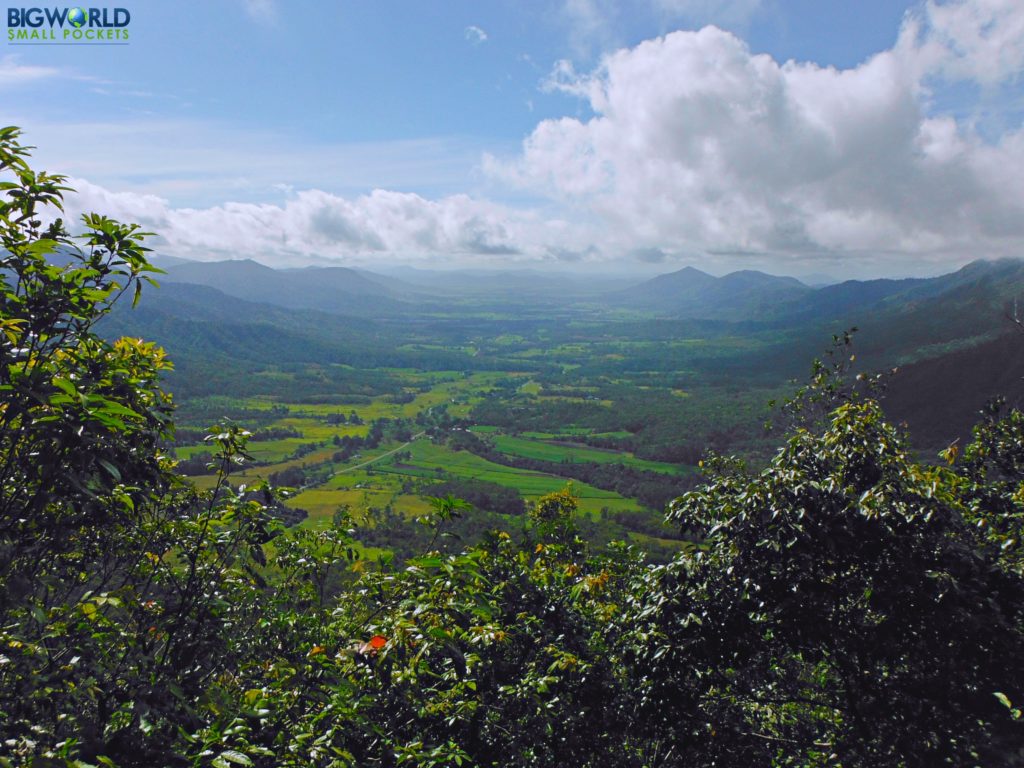
Broken River is the section of Eungella National Park you need to be in for the ultimate platypus spot!
Eungella National park is a bit strange, with lots of different sections spread out over a large area, but the Broken River part is the key Platy-territory!
To get here you keep driving from Eungella Township along the Eungella Dam Road towards Crediton. Broken River is not far along this road – about 5km – and there are plenty of signs.
Don’t blink though, as you might miss it – Broken River is little more than a bridge, a Ranger Station and picnic day area at the side of the road!
WEIRD, yes I know, but the Broken River National Park is literally a little area stretching along the side of the road!
6th Step: Hit up the Amazing Board Walk
The great thing about the Broken River area of Eungella National Park however, is that there are designated platypus-viewing platforms!
These are set along a great little boardwalk which skirts the edge of the creek and provide the perfect platypus viewing-conditions – quiet, shady and secluded.
Platypus are best seen during cloudy or overcast days and, up in the range here, conditions are perfect, as you’re essentially located in a cloud forest – we’re within the Tropic of Capricorn here you know!
This means it’s warm in Broken River, but often rainy or wet too as the clouds collect at this altitude keeping things damp and humid.
TIP: Walking along, you have to be very quiet, as platypus are incredibly shy and any sound or noise will have them disappearing from the surface and ducking down below out of sight again quicker than you cm say duckbill.
7th Step: Get Out Your Binoculars at the Right Time
Platypus are most commonly seen at dusk or dawn, so staying the night at Broken River in order to be here at the right times of the day is key if you want to spot one of these rare creatures in the wild.
There are a couple of options for accommodation at Broken River itself, which are by far the most convenient places to stay for spotting the platypus. For those looking for cabins, the Broken River Mountain Resort has a range of different options ranging between $100-200 AUD p/night. They can also provide guided tours of the area and have a restaurant onsite that cater for residents and non-residents.
For the more budget-minded however, can I recommend the Eungella National Park Campgrounds, which are situated only meters away from the boardwalk.
There are 2 national park campgrounds here – Fern Flat Camping Area and Broken River Bush Camp – both only $6 AUD pppnn (my love for Australian National Parks as a budget traveller’s dream is well documented!)
The one you definitely want to try and get into however is the Broken River Bush Camp, which boasts a lovely small, grassy camping area, newly added toilet facilities and some great fire pits. It’s right along the road, but very quiet and has the creek running right alongside.
TIP: And if you are lucky like us, you don’t even need to go on the boardwalk! Just sit quietly outside your tent in the Broken River Bush Camp and watch the platypus feeding from there!
8th Step: Make Squeaking Noises of Joy!
That’s right, we set up camp at the Broken River Bush Camp and a few hours later as dusk was approaching around 4pm, we decided to just peer into the creek metres from our vehicle.
And lo and behold what did I walk over and see …. Only a duckbill platypus feeding right there! I didn’t even need to go anywhere or do anything – he/she was paddling around quite happily right in front of me!
CUE: Major arm waving, before realising I had to keep still and quiet to avoid scaring him/her!
We just spent the next half an hour watching this incredible creature in pure delight as I finally got to tick spotting a platypus off my Australian bucket list.
Other Things to Do in the Area
We ended up spending 2 nights in the Broken River Bush Camp, because the area was so delightful … and we had the place to ourselves!
There are some great other bushwalks to enjoy in this section of the park including the wonderful Sky Window, which gives stunning views right down the striking Pioneer Valley.
The 2 lookouts near Eungella Township – Goodes and Peases Lookout – are also worth checking out for their views of the valley stretched below.
The Finch Hatton section of the Eungella National Park is also worth seeing, as it has some lovely walking tracks and great swimming holes.
We got in a great soak/shower at the Wheel of Fire Waterfall, which is well worth going to swim in.
Other Places to Stay in the Area
Platypus Bush Camp at Finch Hatton Gorge (good value, eco-friendly retreat – perfect for campers with a bush kitchen and rainforest shower).
The Eungella Chalet and Eungella Mountain Edge Escape in the Eungella Township are also good options for those wanting a bit more civilization when they visit the area.
Things to Bring
As I said, this is cloud forest territory, so definitely a good idea to bring a rain jacket here!
That said, when the sun comes out it gets hot, and hot fast, so sunscreen and a hat are a good idea.
Bring all your camping stuff if that’s what you want to do up here.
A headlamp is a must for spotting those early morning or late evening platypus too!
Walking gear, such as thin layers of suitable clothing and some decent trainers or boots are also a good idea if you want to take advantage of the other activities to enjoy in this gorgeous area. Just watch out for the leeches … continually!
So that’s my guide on how to spot a platypus in the wild.
Now don’t forget to let me know how you get on!
Just enter your details below and I'll email it you - simple!
Information will be sent to the email provided above


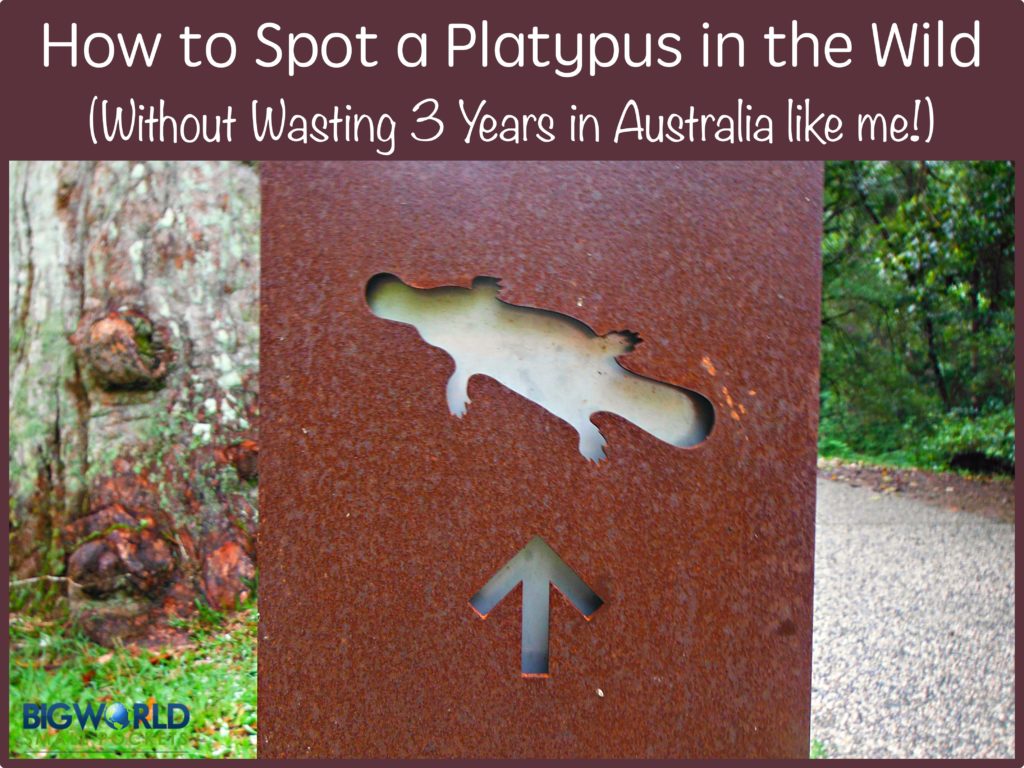
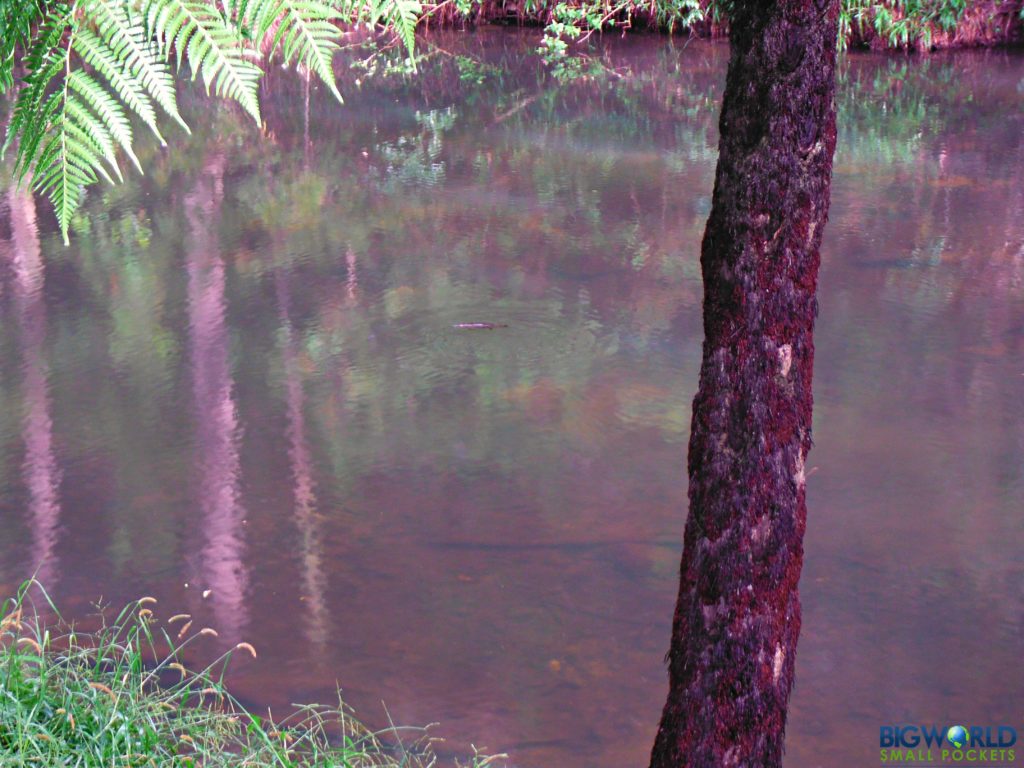
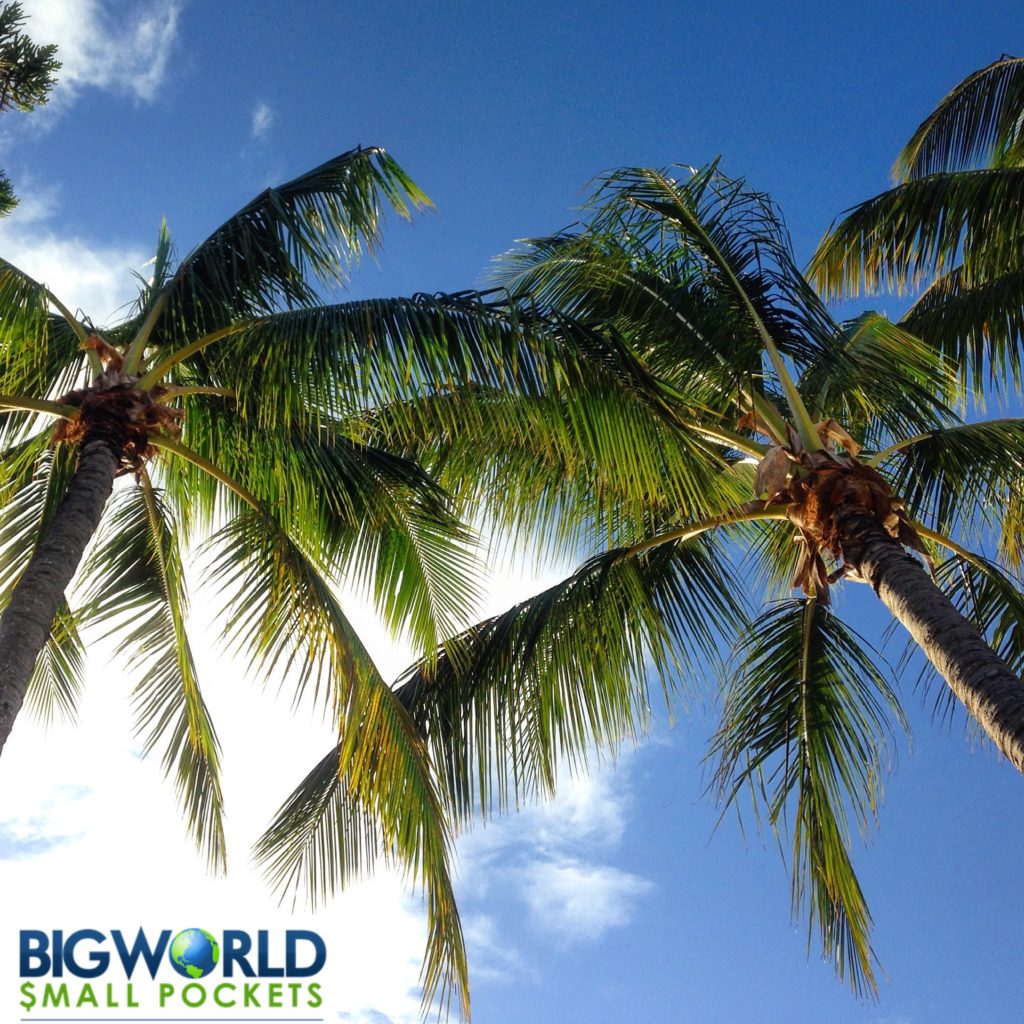
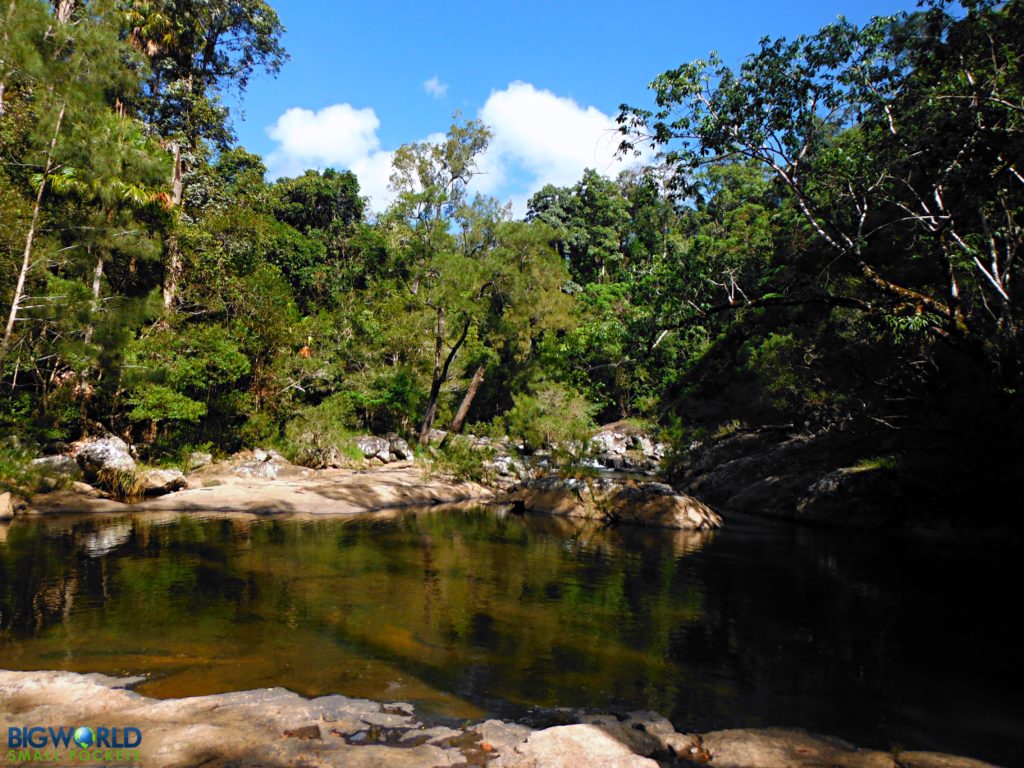
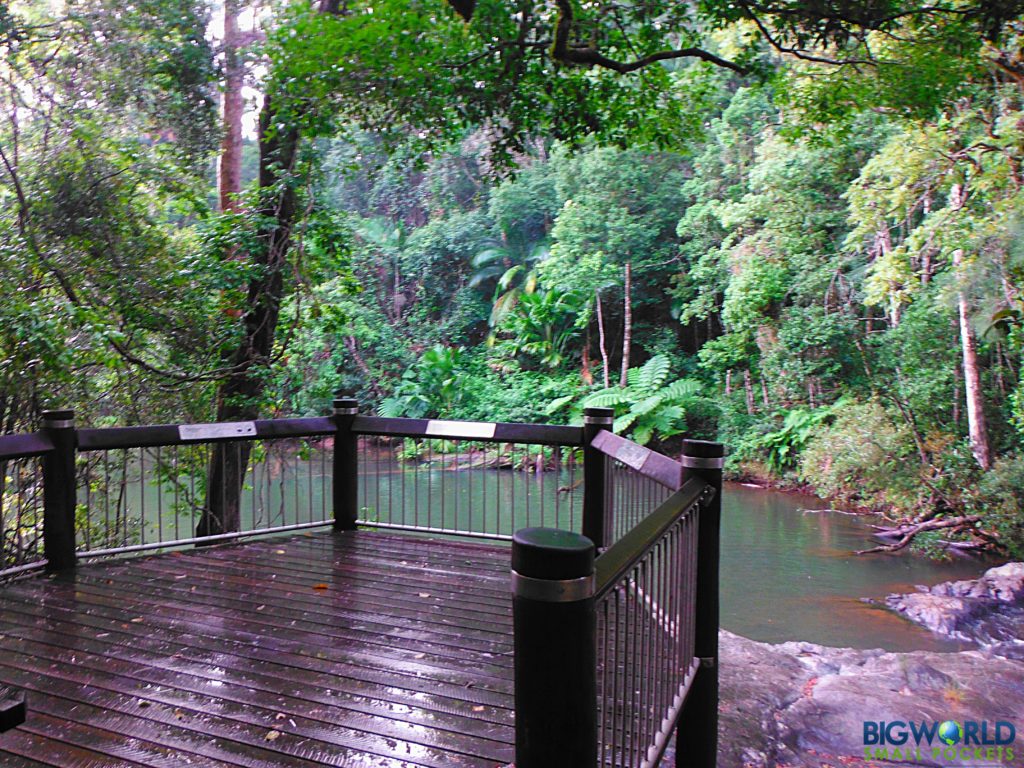
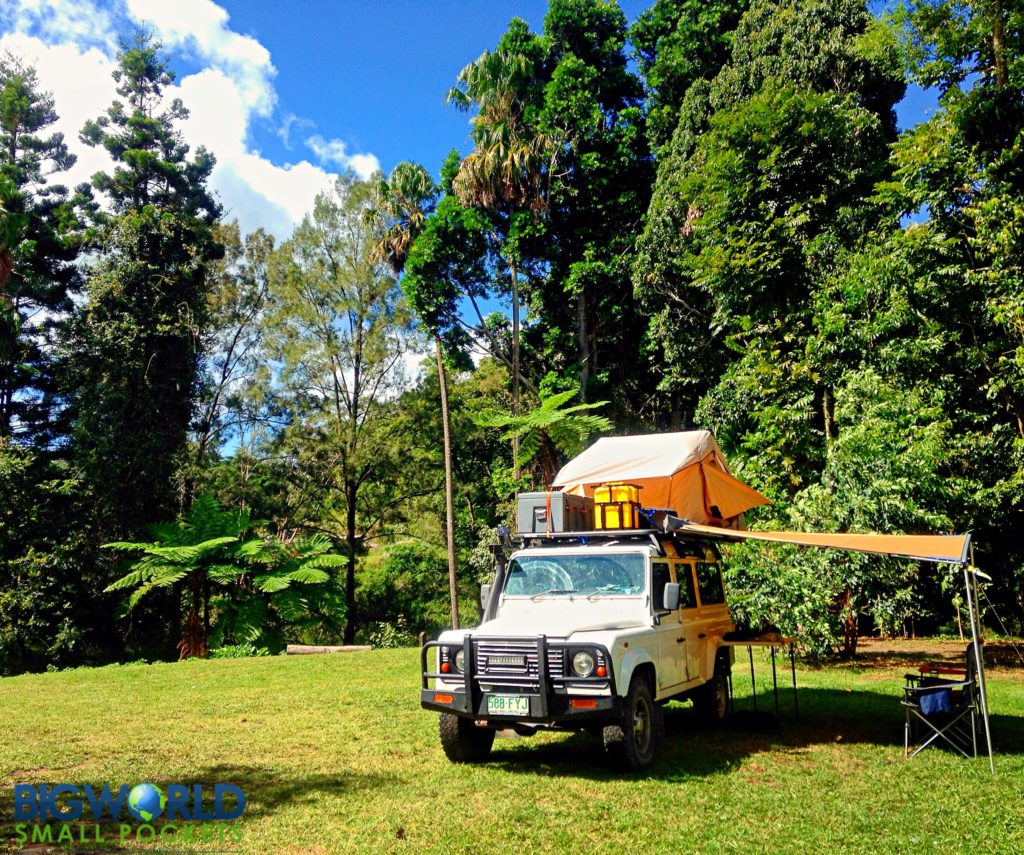
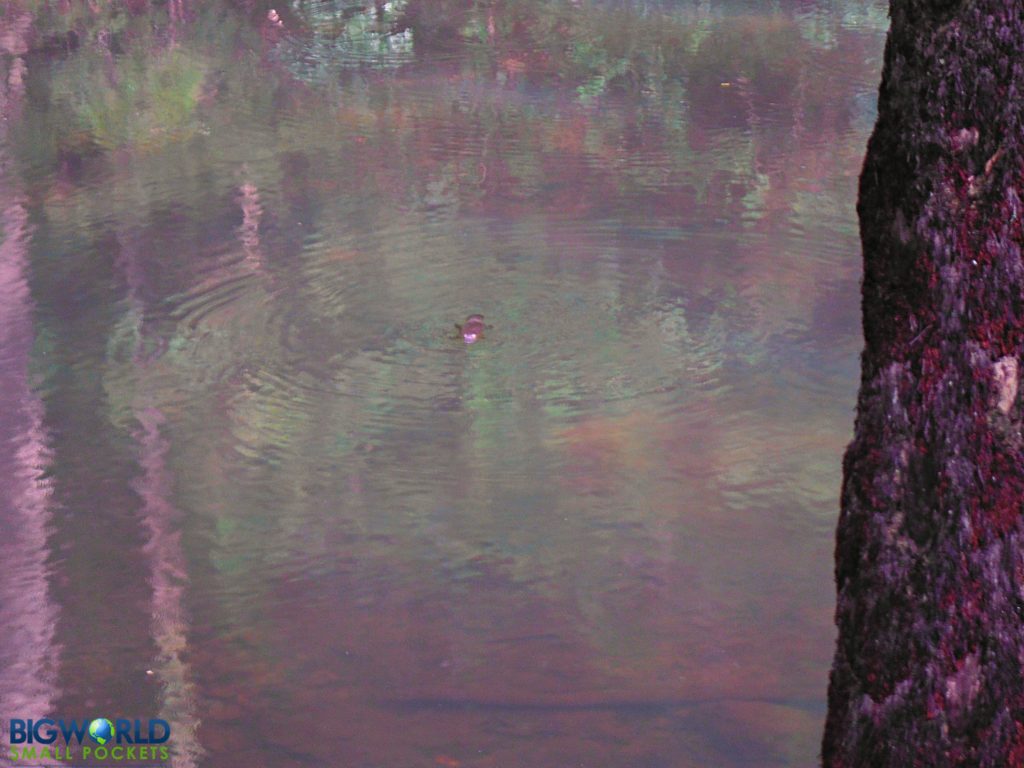
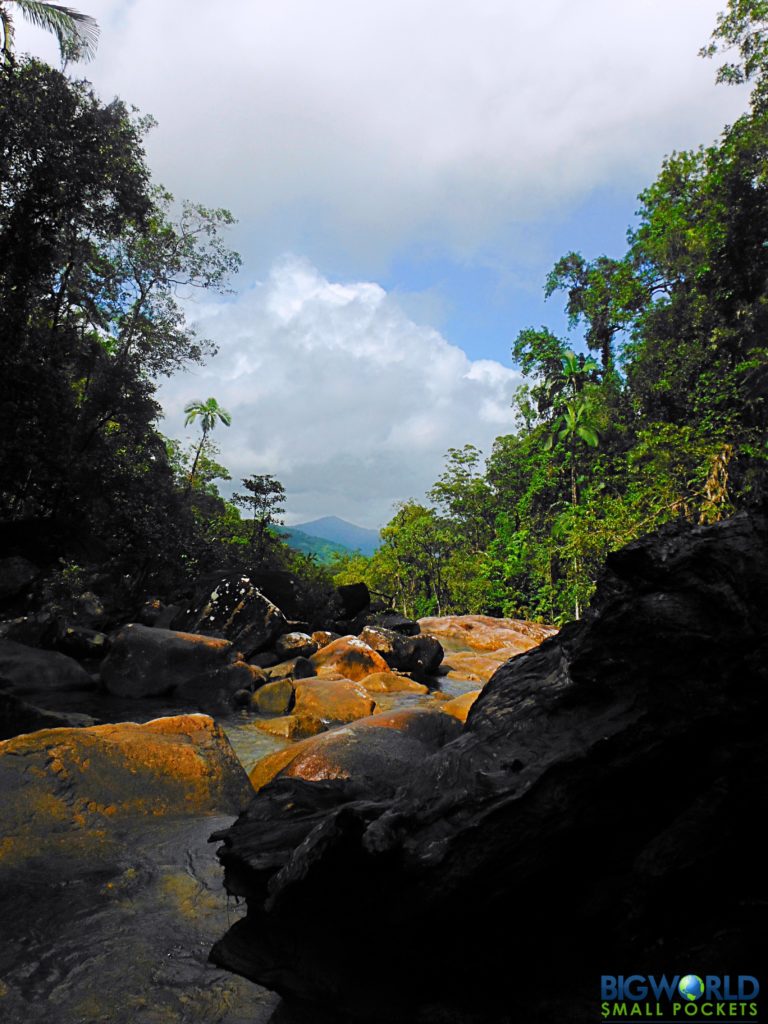
Amazing!!! I’ve grown up in Oz and I’ve still never seen one in the wild! It looks like I will need to get exploring when I next visit 🙂
Definitely Laura! Broken River in Eungella is the THE spot!
I’m so jealous. I wish I’d followed your advice before I went to Australia the 2nd time!
He he, maybe it will be a case of third time lucky Katie 🙂
Oh dear a lot easier you won’t even have to leave the tarmac hardly in Tasmania there’s umpteen spots where I’ve spotted them is more trick of getting your eye in I mean it was like I think day one we just got out of the car and the side of the road with the kids on a what five minute walk into the bush and looked into the first patch of water and platypus they live beside the bridge at Don River Railway in Downtown Davenport where the ferry comes in
Well that is good to know Carolyn, thank you! Another vote for Tassie it seems if playpus spotting is your thing! I really must get there soon …
Go to to Devonport, Tasmania.
Drive 10minutes to Latrobe.
Get out of you car and look in the river.
Tada.
Not that difficult to find.
Trevor, thank you so much for such wonderfully simple advice! Having not visited Tasmania yet, I was unaware how easy they were to spot here! Great tip off … and one more reason to get to Tassie asap!
Too complicated. Go to Tasmania. To Latrobe. The Platypus Capital of Australia. In their town’s small river alone I saw three of them! (And there was more under the water a little further away from where I was watching the three I found). My first time seeing a platypus too. Also, what is dangerous about a quoll?
Great tip Lily, will be sure to check this place out when I finally get to Tasmania! Thanks, Steph